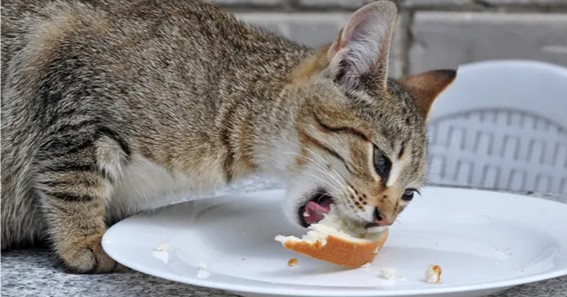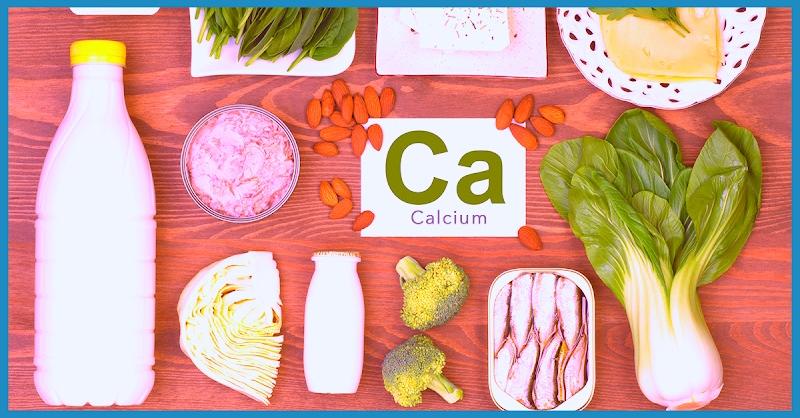We eat a lot of bread. It is the basis of our ham/butter sandwiches, hamburgers, and hot dogs, and it accompanies almost all our meals. It is therefore only natural to wonder if our cats can also eat it. The absolute answer is yes, cats can eat bread in small amounts. However, there are many things to consider before making bread a regular part of their diet. Let’s take a look at the pros and cons of this food for your pet.
Is bread bad for my cat?
Cats are carnivores
Your cat being a carnivore, would not eat bread without our intervention. Your pet’s diet should consist mainly of meat products such as turkey and chicken, and fish. A cat’s digestive system lacks the enzymes needed to digest plant materials like wheat and oats that make up most bread. Eating too much can lead to long-term problems for our felines.
Many varieties
When we start talking about all the types of bread that can exist, we have for hours. Indeed, there are countless different varieties and recipes of bread and the ingredients that compose them are also numerous. Bread can contain many things that are potentially harmful to your cat. Among the most dangerous are garlic, onions, chocolate, raisins, and alcohol. If the bread you want to give your cat contains any of these ingredients, you should refrain and offer another treat instead.
Rich in carbohydrates
Most bread is high in carbohydrates, and eating too much can lead to weight gain. These days, cases of obesity in pets are exploding. More than half of adult cats need to lose a few pounds. Avoiding offering high-calorie foods is a good way to keep your pet healthy.
Click here – The Benefits of Sleeping on Your Back: Everything You Need to Know.
Rich in sugar
Most bread is extremely high in sugar, especially the so-called “festive” bread found around the holiday season.
But make no mistake, even white bread can contain more sugar than your cat needs. Sugary foods can lead to dental cavities in your little friend, just as it does with humans. This problem is just as important for cats as obesity. In fact, according to experts, 90% of cats over the age of 4 show signs of oral disease.
A high salt content
Salt is also a “hidden” ingredient in bread and we don’t even realize that it is very present. Did you know that a single piece of white bread can contain over 300 milligrams of salt? If your cat consumes too much salt, he is at risk of water retention. The other downside is that the excess salt will cause him to drink more water, leading to more frequent visits to the litter box. Finally, salt can lead to other, more serious health issues for your favorite little feline.
No nutrients
Some bread is fortified with vitamins, but the vast majority are not. This means that bread not only lacks nutrients but also adds unnecessary calories and harmful ingredients.
Is bread good for my cat?
We’re sorry, but we couldn’t find any good reason to feed your cat bread. Even if the bread contains healthy ingredients, it is better for him to eat these ingredients otherwise.
What if I still want to give bread to my cat?
As explained above, we strongly recommend that you avoid adding bread to your pet’s diet. You can, at the limit, use it occasionally as a trick to get the cat to take its medication. If your cat still insists on bread, don’t give her more than a ¼ slice of wheat-based, low-sodium bread per week. Exceeding this dose will almost certainly result in weight gain.
Healthy alternatives
The chicken
If you want to give your cat some of your food as a treat, one of the best options is boiled chicken. Indeed, unseasoned boiled chicken can easily be diced or cut into small pieces that are easy for your cat to chew. You’ll find that once he tastes it, it’s likely to become one of his favorite treats. It is also rich in easily digestible proteins for your cat, in addition, it can be kept for several days in the refrigerator.
The melon
If you don’t feel like cooking but still want to give your cat a treat, you should try melon or watermelon. These fruits are not meat protein, but cats generally digest them very well. They contain lots of useful vitamins and minerals, are low in calories, and provide your cat with good hydration thanks to their high water content. We recommend taking it small at first, giving it the equivalent of a teaspoon the first few times to see how your cat takes it. If no digestive problems appear, you can slightly increase the quantity.
In summary
If one day you discover that your cat has eaten Wheat Bread for Cats, don’t worry, he should be fine. On the other hand, we do not recommend that you give it to your little feline regularly, unless it is a small amount and no more than once a week. Treats should never represent more than 10% of our cat’s daily calorie intake, otherwise he risks gaining weight. Be careful because once your cat starts gaining weight, it’s not easy to reverse the trend. The alternatives of treats that we have proposed are much better and it is not your cat who will contradict us.
We hope you enjoyed reading this guide and learned a few things about your pet. If thanks to us you were able to introduce your cat to a healthy and tasty treat, share this guide on the benefits of giving bread to your cat on Facebook and Twitter.
Click here – Do Not Believe This Common Motorcycle Accident Myth
To Know Some Great Stuff Do Visit FactorsWeb
To Know Some Great Stuff Do Visit FeatureBuddies
To Know Some Great Stuff Do Visit FeedAtlas



